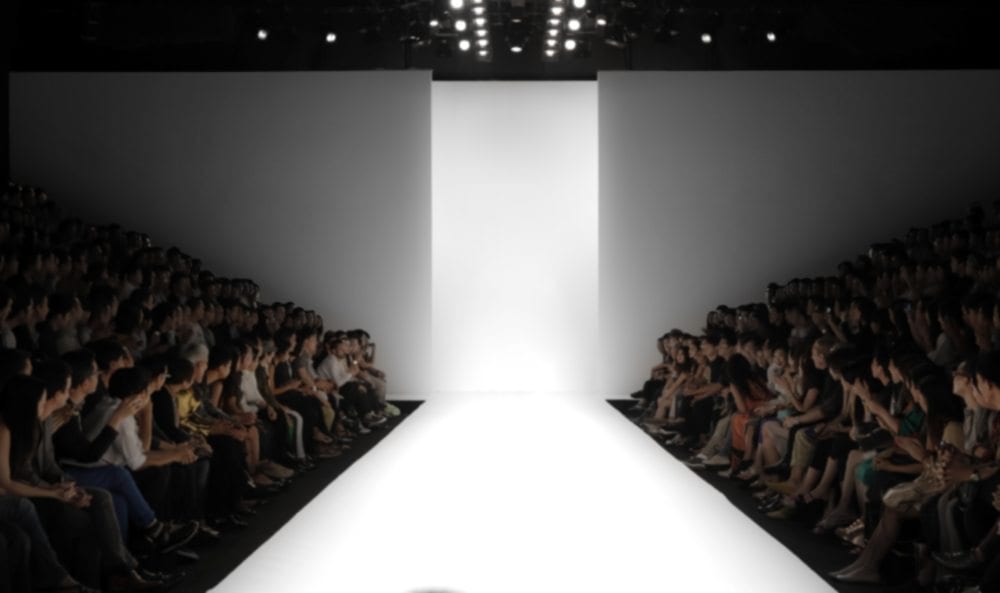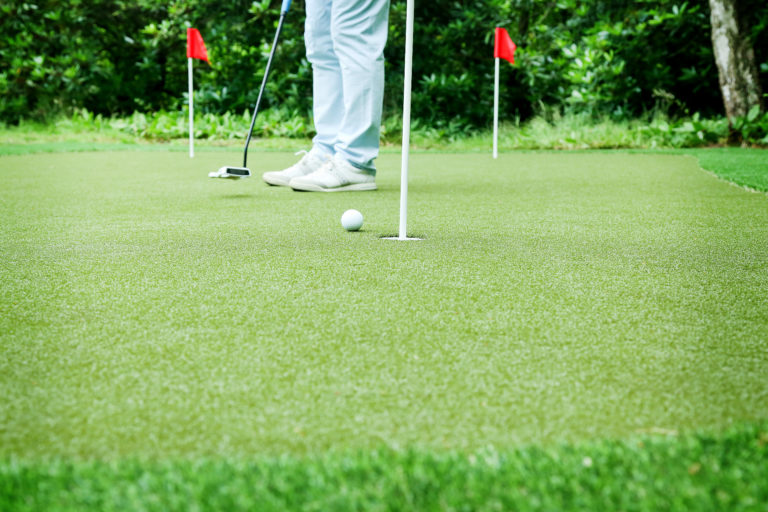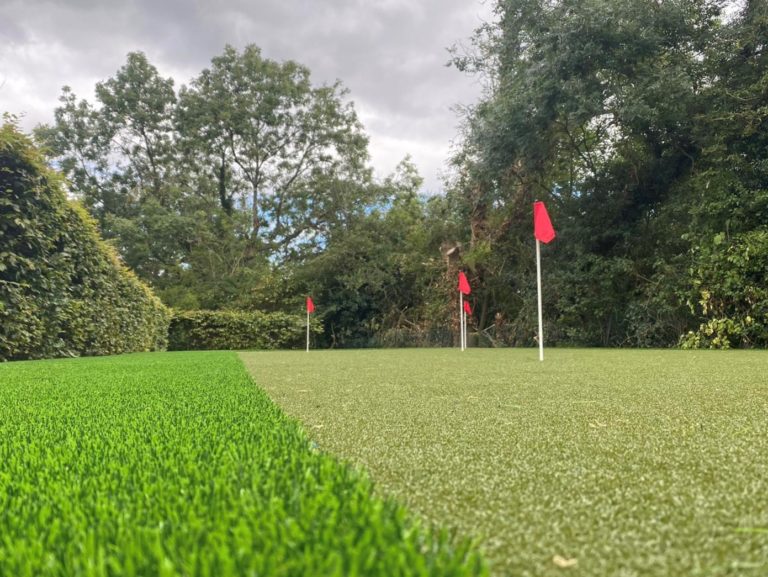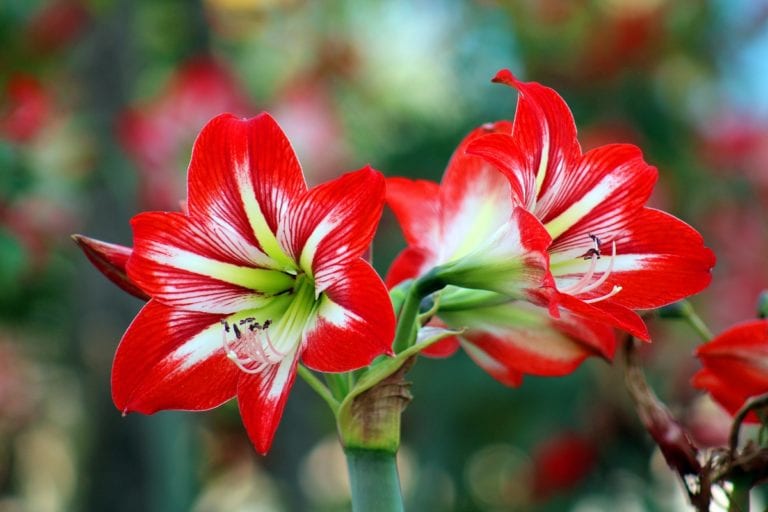Are you a follower of fashion? You may have seen that last month was Fashion Week month with designers from around the globe showing their latest pieces for the 2016 spring and summer season. Every year you are guaranteed to see some sort of floral showing with Phillip Lim showing his nature inspired silks in New York and Jasper Conran doing the same in London. So why does it keep appearing?
Fashion has a long history with gardening and florals all the way back to the eighteenth century. Trends in gardening swung between precision and wild beauty, and this influenced other areas of design like fashion. On the one hand, aristocrats of the 18th century (the trendsetters) embraced their estates with regular carriage rides through the countryside but they also liked the careful cultivation of exotic plants and the import of luxurious silks. Fashion emulated this by creating clothes that celebrated function and experience as well as simply the beauty of the thing.
Some of the biggest fashion brands in the world have been influenced by gardens. One of the most enduring aspects of the Chanel brand are camellias. Coco Chanel favoured them because of their delicate purity and the fact that they were unscented (so as not to interfere with the famous No.5 perfume). Christian Dior was also a huge fan of gardens all the way back to his childhood, and would incorporate them in his designs whenever he could. One of his most famous collections in 1953 was dubbed the ‘tulip’ because of the long petal like skirts, and overlapping pieces like a flower head.
But the outdoors was just as inspirational to the counter culture movement of the 1960s and 70s that were a challenge to the luxury, aristocratic brands like Chanel and Dior. Hippies embraced the outdoors and ‘flower power’ by embroidering flowers on bellbottoms and tunics, as well as wearing flowers in their hair. Flowers, gardens and the natural world were a symbol of peaceful protest against the establishment.
Fashion these days embraces all these different aspects, and gardens do too. There will always be something attractive about the neat and cultivated look of a well manicured lawn but at the same time gardens are there to be enjoyed and experienced up close, for everyday use. Artificial grass encapsulates this modern thinking, harking back to traditional ideas of refined beauty as well as being durable enough to be used all year round. In essence, it’s an old classic, but with modern sensibilities!



